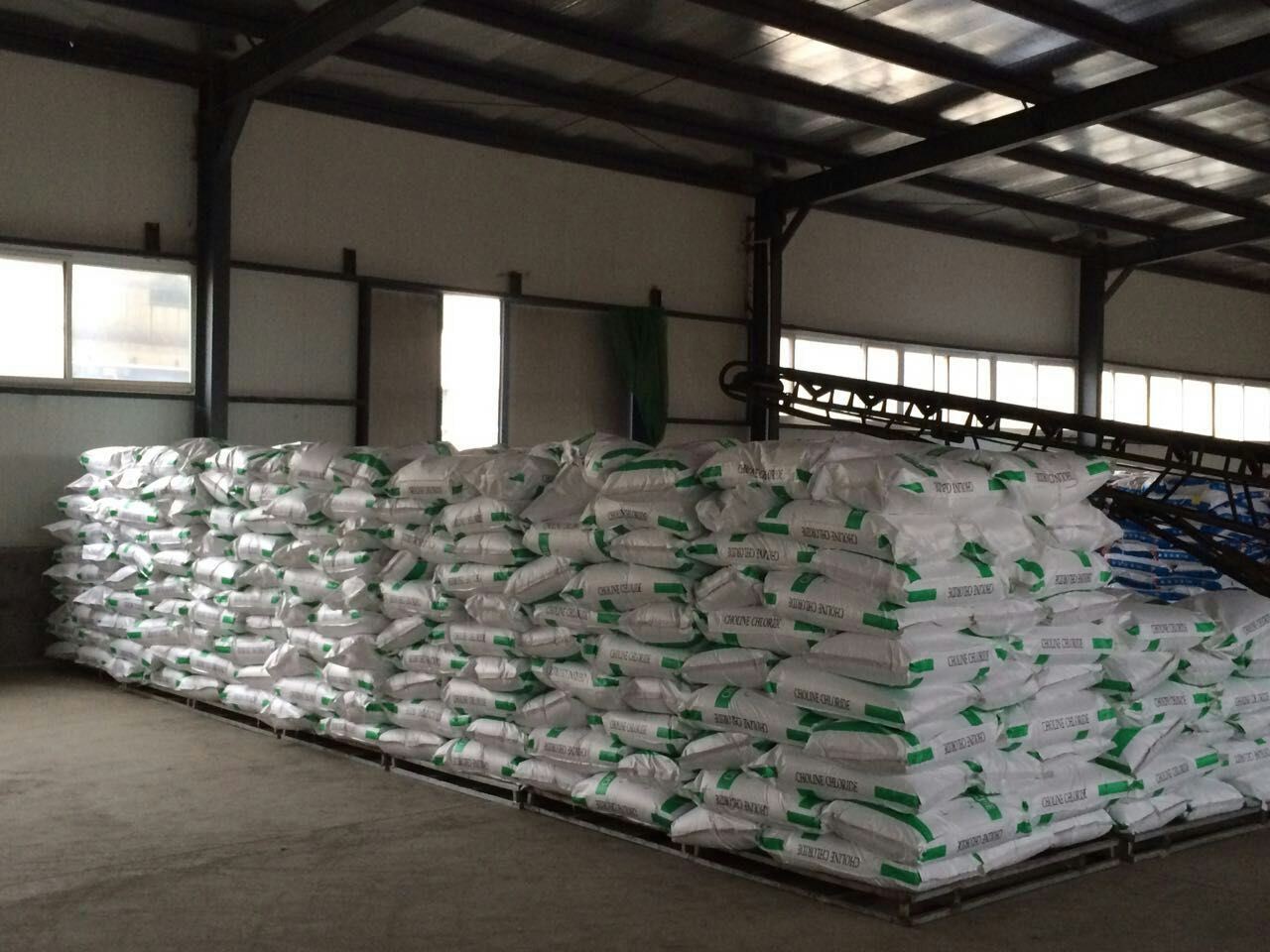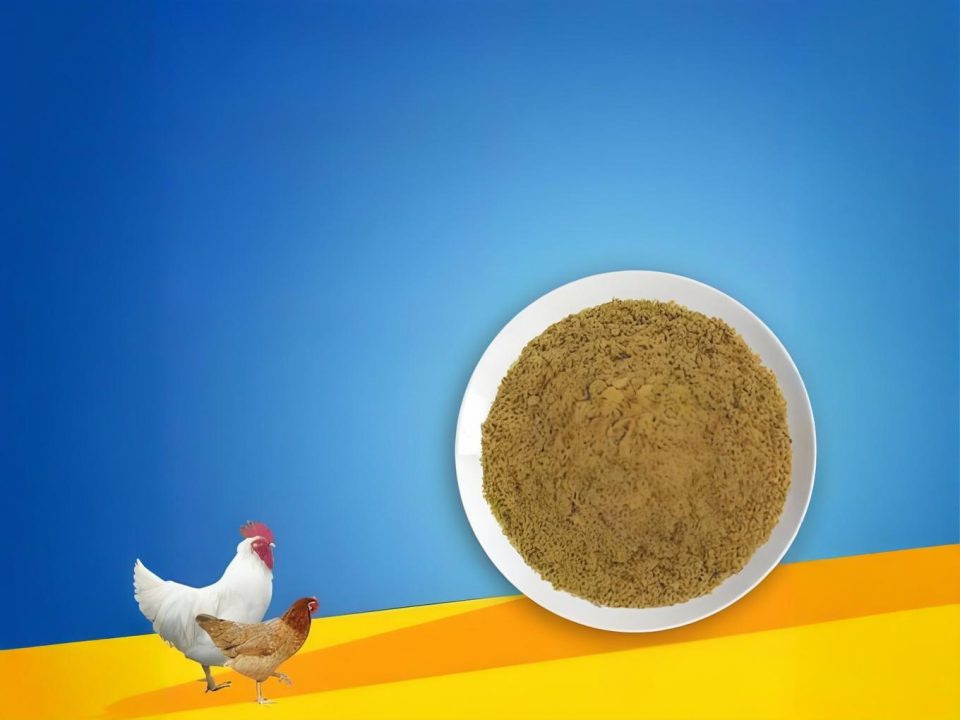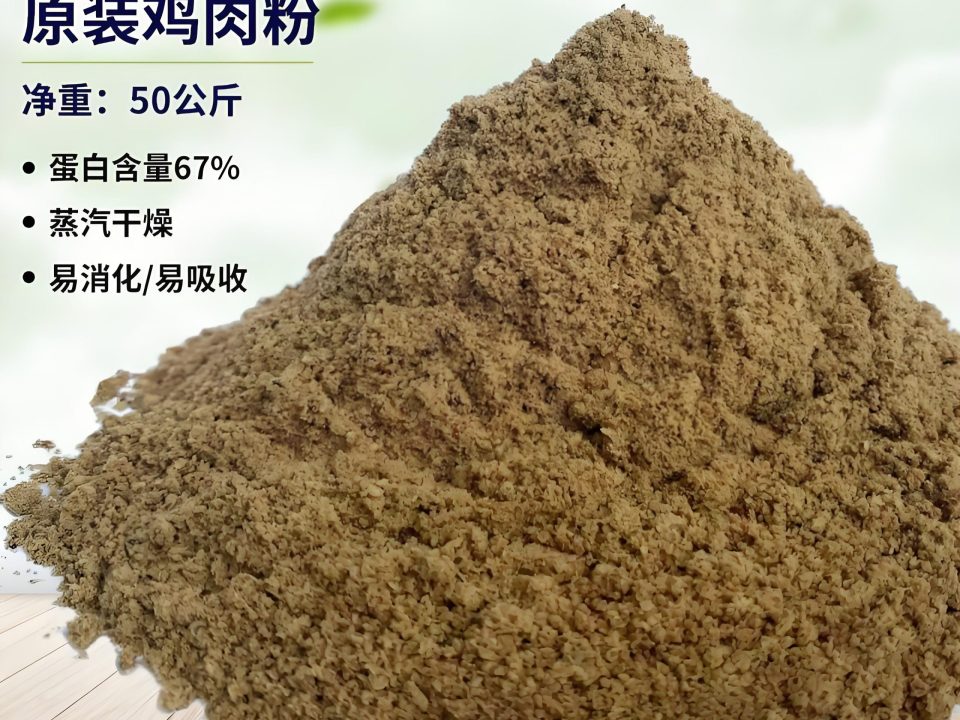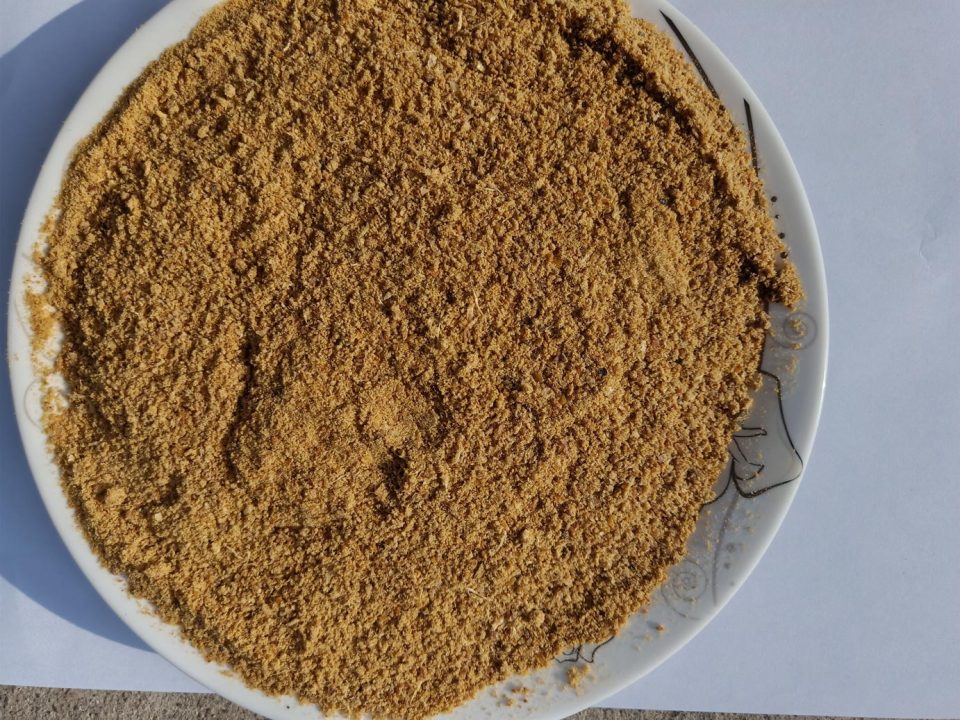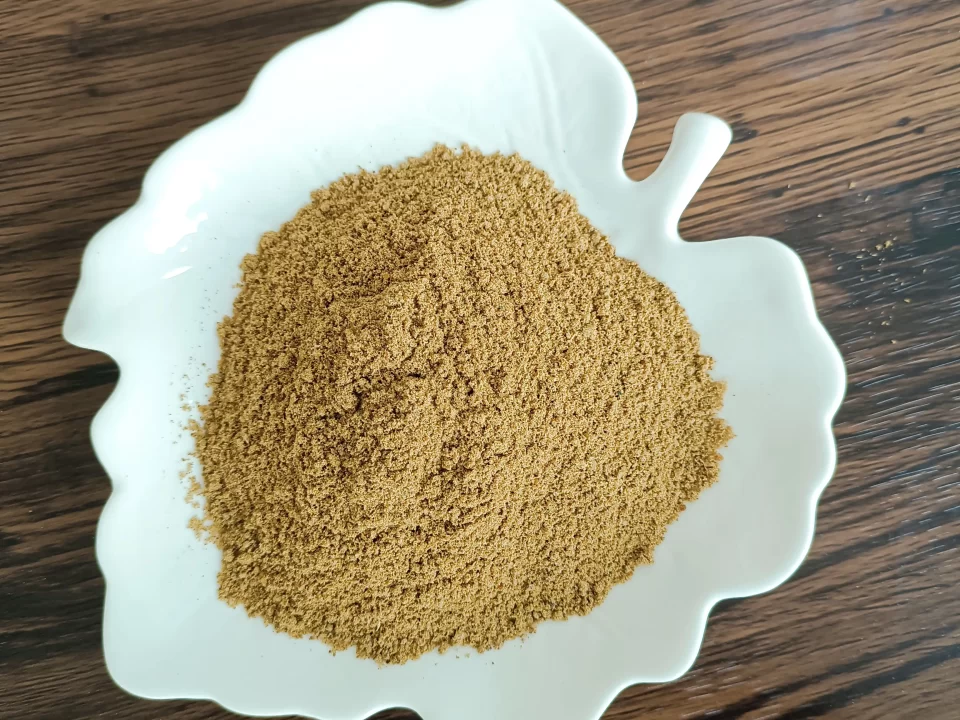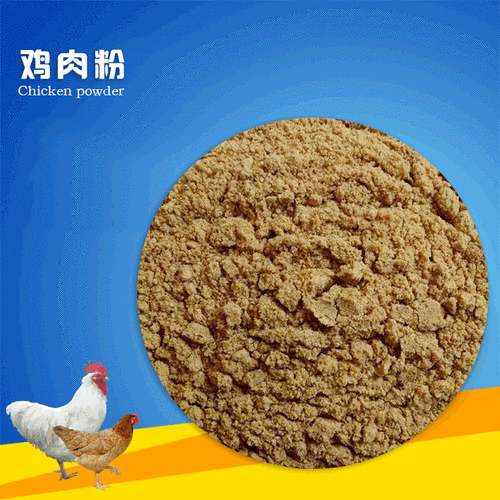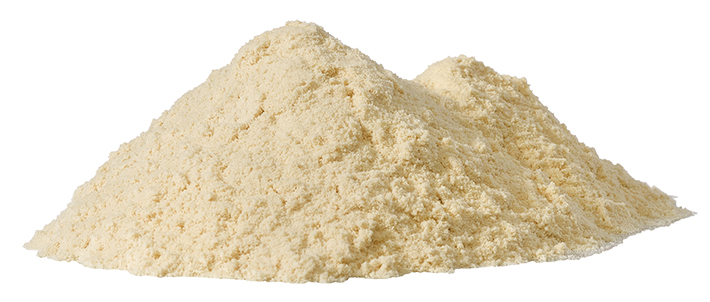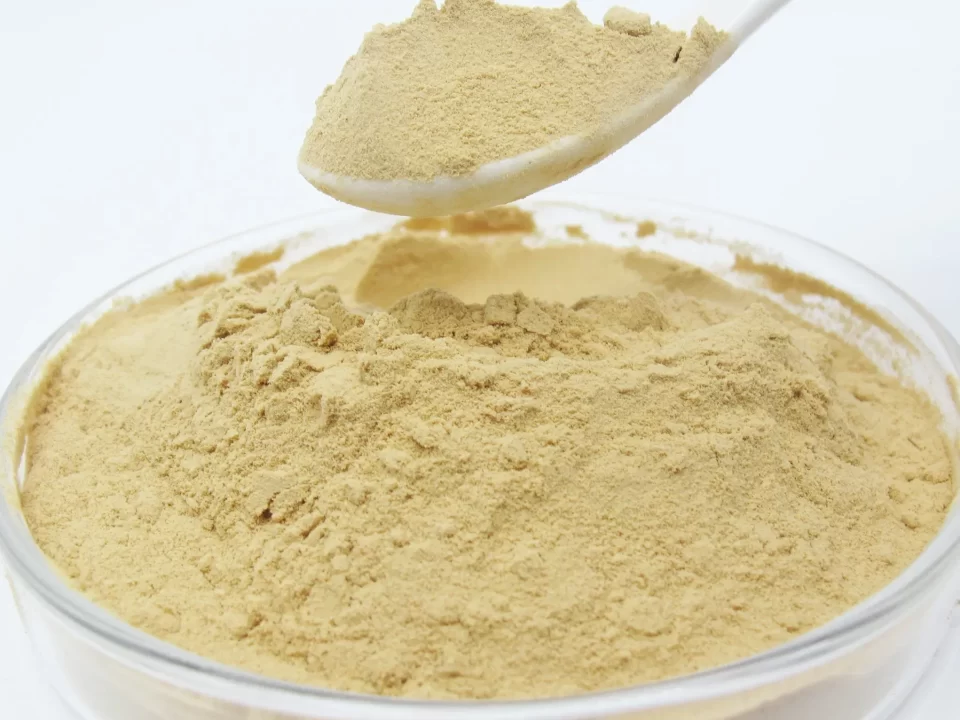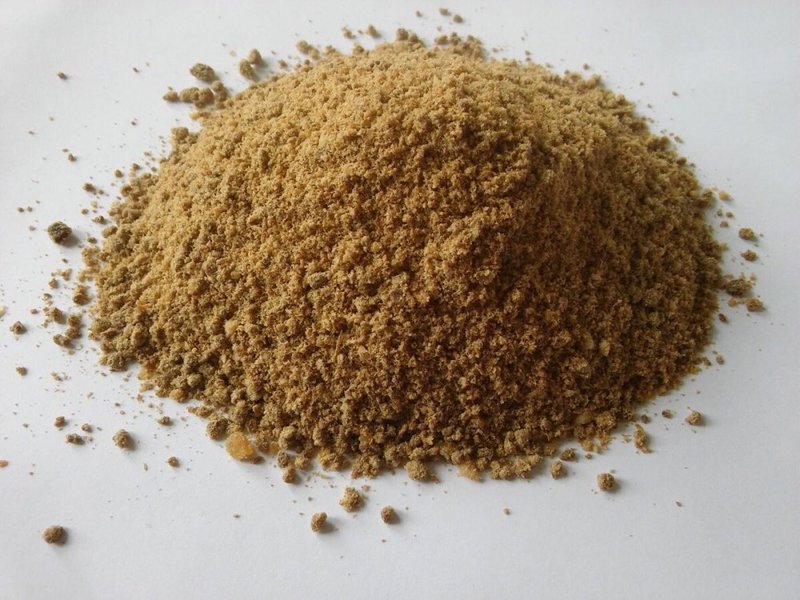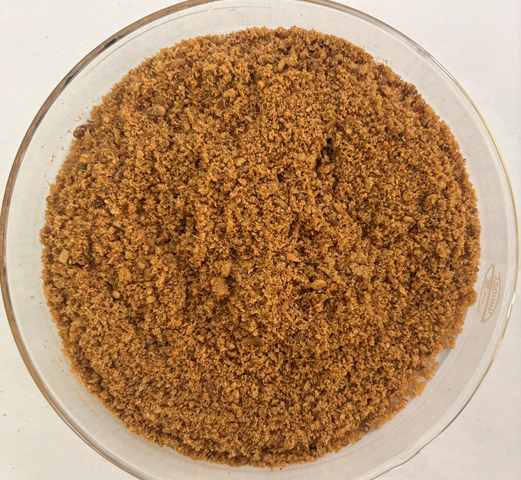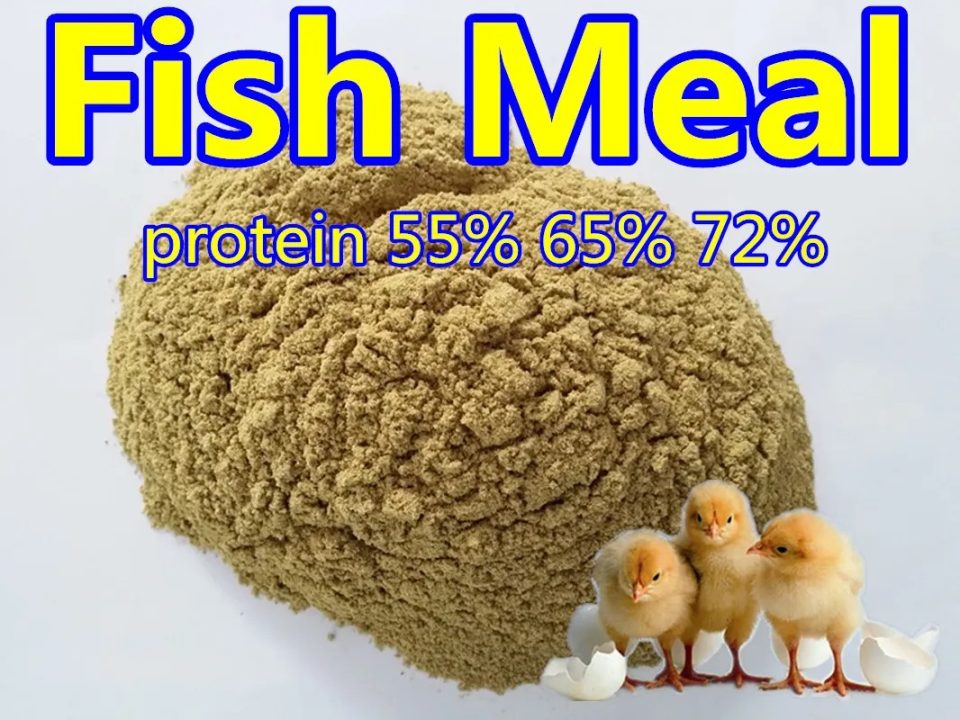管理
June 30, 2025
Choline Chloride Adulteration Detection and Content Determination: A Scientific Analysis Introduction to Choline Chloride and Adulteration Challenges Choline chloride (ChCl), a quaternary ammonium salt, is widely used as a feed additive in animal nutrition and as a dietary supplement due to its role in […]
June 28, 2025
Optimized Formula for Chicken Meal-Based Feed: A Scientific Analysis Technical Field This study presents an optimized formula for a chicken meal-based feed designed to enhance nutritional value and sensory attributes for use in animal feed applications. Background Chicken meal is a protein-rich ingredient derived […]
June 21, 2025
Chicken Meal and Chicken Oil: High-Quality Raw Materials for Aquatic and Poultry Feed Key Points Nutritional Value: Chicken meal contains approximately 60% protein and essential amino acids, while chicken oil provides high energy (39 MJ/kg) and fatty acids like linoleic acid. Applications: These ingredients […]
June 17, 2025
Chicken Meal vs. Human-Grade Chicken in Dog Food: A Comprehensive Comparison Defining Chicken Meal and Human-Grade Chicken: Composition and Production Chicken meal and human-grade chicken are two distinct ingredients commonly found in dog food, each with unique characteristics that impact their use in canine […]
June 16, 2025
Chicken Meal in Dog Food: A Deep Dive into Its Role and Benefits What Is Chicken Meal? Unpacking the Basics Chicken meal is a common ingredient in dog food, often listed prominently on kibble bags, but its name can spark confusion among pet owners. […]
June 13, 2025
Chicken Meal in Dog Food: A Comprehensive Exploration Understanding Chicken Meal: Composition and Production Chicken meal is a staple ingredient in many commercial dog foods, and its widespread use stems from its nutritional density and cost-effectiveness. But what exactly is chicken meal, and how […]
June 13, 2025
Comprehensive Analysis of Choline Chloride Powder as a Feed Additive for Animals Introduction Choline chloride powder, a critical nutritional supplement in animal feed, is widely recognized for its role in supporting the health and productivity of various animal species, including poultry, swine, ruminants, aquaculture […]
May 13, 2025
Certificate of Analysis for Chicken Bone Powder Product Information Product Name: Chicken Bone Powder Batch Number: CBP-2025-0427 Production Date: April 15, 2025 Expiry Date: April 15, 2028 Manufacturer: Hypothetical Poultry Products Ltd. Standard Reference: AAFCO, GB 2760, GB 29921 1. Physical and Chemical Analysis […]
May 9, 2025
1. Overview of Chicken Bone Powder Chicken bone powder is produced by rendering chicken bones into a fine, dry powder. It is primarily used as a source of calcium and phosphorus in pet food and animal feed, and occasionally in human food products (e.g., […]
May 6, 2025
1. Overview of Chicken Liver Powder Chicken liver powder is produced by rendering chicken livers, a nutrient-dense organ, into a dry, powdered form. It is valued for its high protein content, essential vitamins (especially A, B12, and folate), and minerals like iron and zinc. […]
May 3, 2025
Differences Between Poultry By-Product Meal and Chicken Meal 1. Definition and Composition Poultry By-Product Meal: This is a rendered product made from the parts of poultry (e.g., chickens, turkeys, ducks) that are not typically consumed by humans. It includes offal (organs like livers, kidneys, […]
April 30, 2025
The sensory evaluation of this sample was conducted by a panel of experts. The product passed the sensory evaluation with an average score of 9.67 or higher for each sensory attribute, meeting the sensory requirements for Grade A chicken powder. After comprehensive evaluation, including […]
April 27, 2025
Table of Contents Introduction to Chicken Powder Standards for Pure Chicken Powder Regulatory Standards Industry Standards Key Parameters Identification of Pure Natural Chicken Powder Definition of “Pure Natural” Analytical Methods Sensory and Chemical Indicators Parameter Comparison and Data Analysis Nutritional Composition Chemical Additives Microbial […]
April 13, 2025
Research Progress on Chicken Meal in Aquatic Feed Applications Introduction The global aquaculture industry has experienced significant growth over the past few decades, driven by increasing demand for seafood and the depletion of wild fish stocks. Feed constitutes a major portion of aquaculture production […]
April 5, 2025
Effects of Fish Meal Powder on Animal Fat Metabolism and Gut Microbiota: A Comprehensive Analysis Introduction Fish meal powder, a high-protein feed additive typically containing 65-72% crude protein, is derived from small pelagic fish (e.g., anchovies, sardines) or fishery byproducts through cooking, pressing, drying, […]


